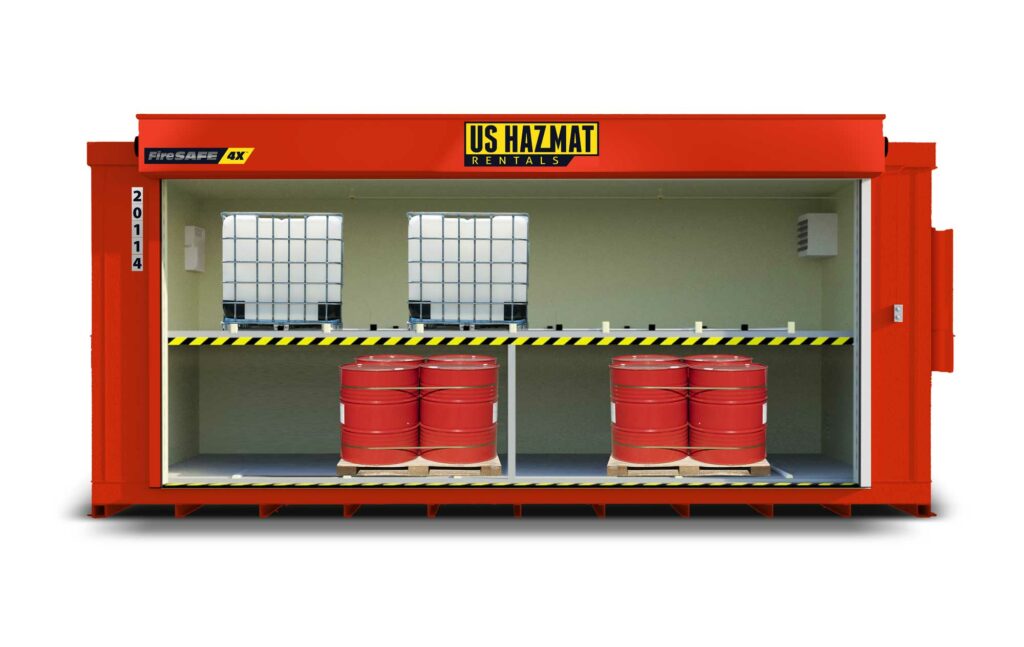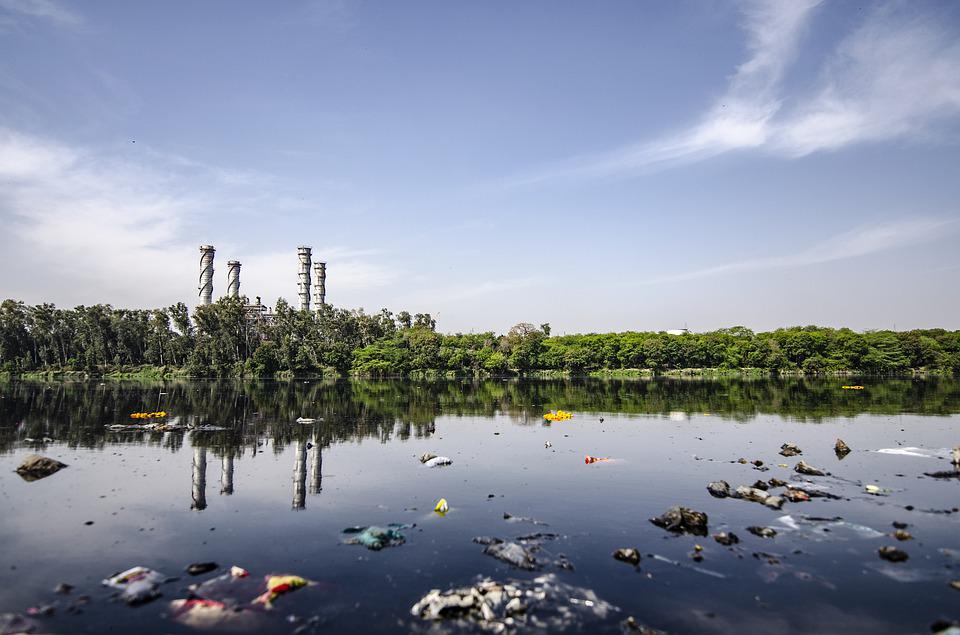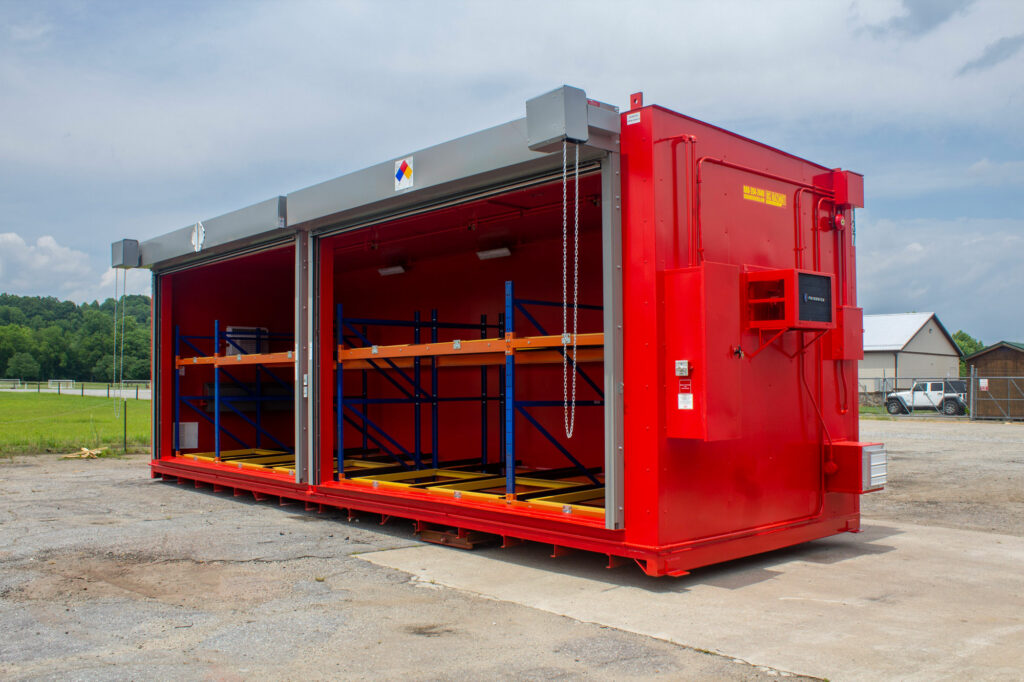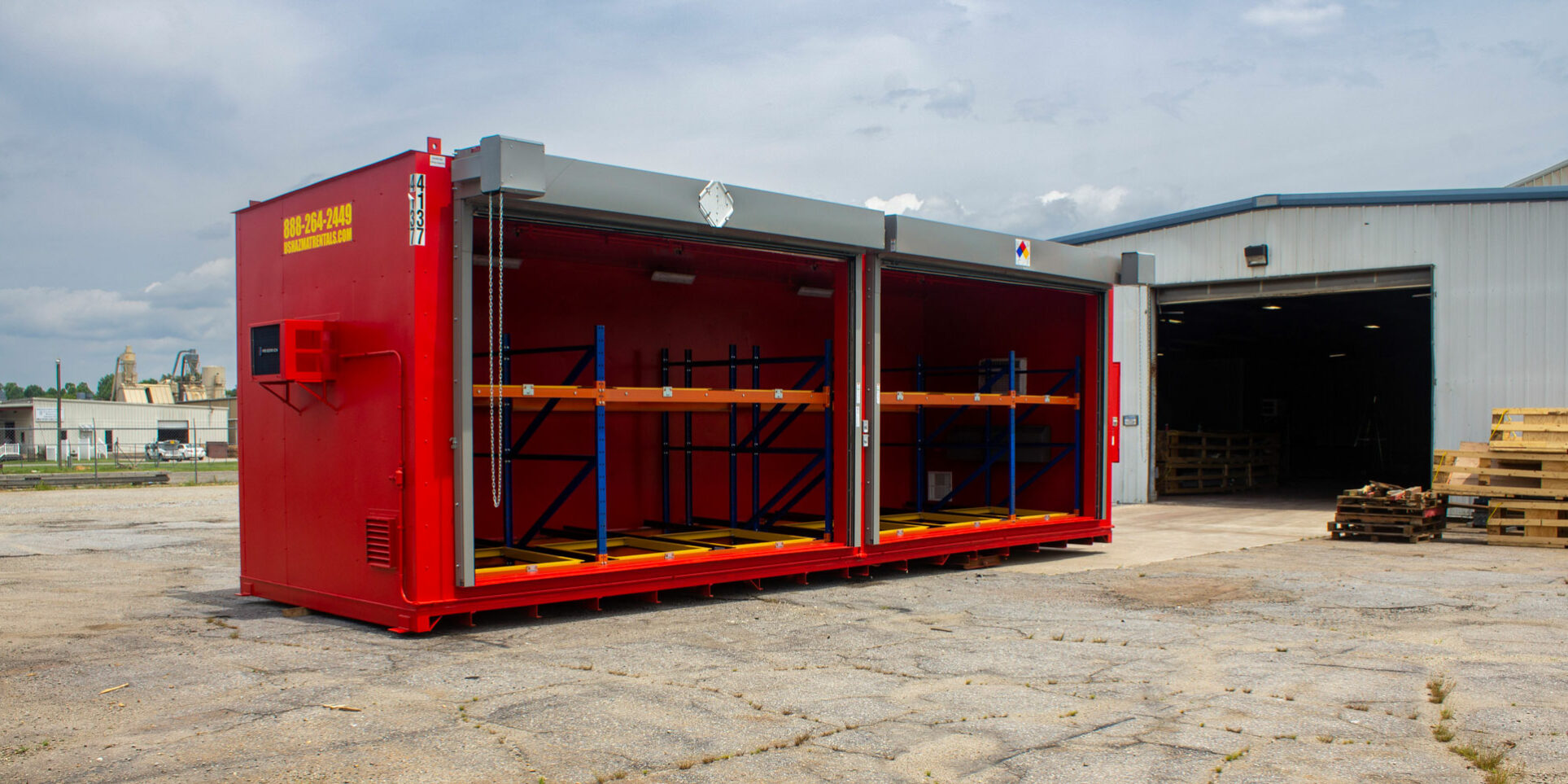If you’re trying to avoid the pugnacious wrath of federal environmental inspectors, then now is the time to steer clear of the murky waters of improper storage. Navigating the difficult and wordy nature of federal regulations is never easy. For clear sailing through dense codes and legal standards, you will need a trusty enlightened source to guide you to safety. That’s where our experienced building advisors come into eye of the storm. We have decades of building experience and understand how to avoid landing in legal trouble with OSHA or the EPA. Storing dangerous chemicals requires an even keel demeanor and vast knowledge of different classifications of hazardous materials.
How Do You Know What’s Improper Storage?

Speaking of water, the EPA and the federal government don’t take too kindly to companies that pollute our streams. Water is the one substance that we all come in contact with. What one company does to one stream or river impacts everyone of us. Like the old saying goes, what happens here will flow down and affect someone else. So there’s no surprise federal regulators come down so harshly on those who practice negligence in improper storage. But truthfully speaking, most companies or businesses don’t set out to cause a hazmat incident. Most of the accidents are true to their name and just happen in the rush around nature of running a financially sound business. So how does improper storage happen and how does it get into the ground water? Most leaks from contaminants happen silently. Unlike violent chemical explosions that can be heard for miles and miles, water contamination is silent as it is insidious. More often than not some company chose the incorrect container or method in storing dangerous chemicals.
Learning From the Mistakes of Other Companies

Unfortunately, by the time most companies reach out to us, it’s because it’s far too late and they’ve been fined for the improper storage of hazardous materials. In desperation to avoid further sanctions, they frantically contact our building advisors to rent a hazardous materials storage locker to head off additional fines. But this is flawed logic and non compatible with the true spirit of stewardship and sound business practices. It’s like trying to strap on a seatbelt after a highway patrolman has pulled you over and issued a citation. The damage has been done. And unlike a simple traffic violation, your negligence doesn’t just affect your insurance but also the entire community your company serves. One company is likely to pay that price following a hazmat incident that resulted in a large fish kill.
In Arlington, Va., environmental services are trying to figure out if a “chemical odor” is behind an incident that killed 100 fish. Residents have been encouraged to avoid drinking the water, as well. More often than not, these incidents occur because companies chose improper storage over a steel rated chemical storage locker that can safely store these materials so they don’t contaminate the environment. All of our chemical storage lockers are outfitted with an innovative sump management system that is situated below the locker’s steel grated flooring. If a spill was to occur, the chemical will simply fall through the floor and into a sump where it will remain until it can be safely removed. At US Hazmat Rentals, we value your company’s reputation as much as our dedication in keeping our ecosystem safe from the effects of improper storage. Call us today to get a free quote!







